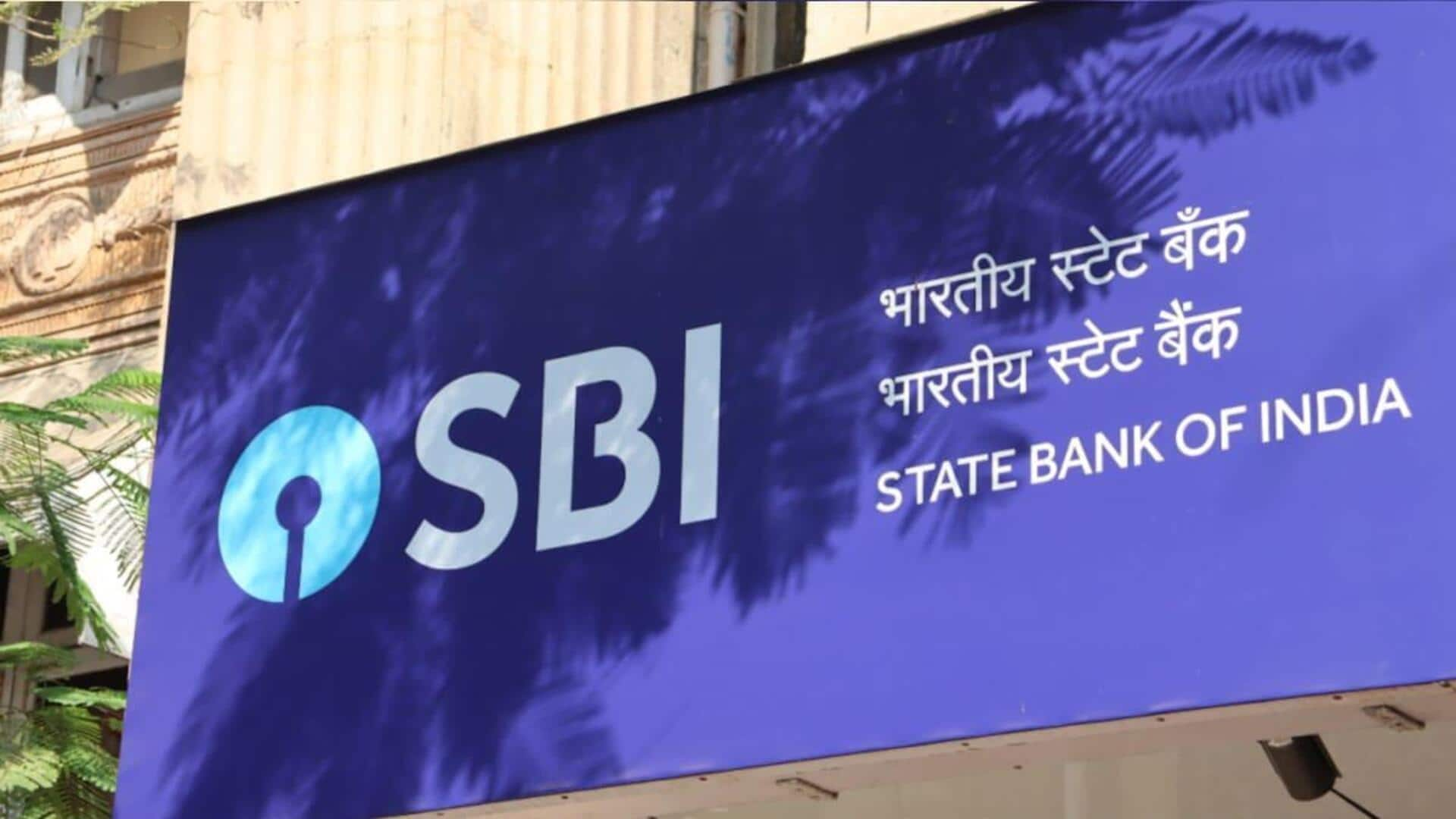
SBI hikes lending rates: How your loan EMIs will increase
What's the story
The State Bank of India (SBI), the country's largest lender, has announced an increase in its marginal cost of funds-based lending rate (MCLR) by up to 10 basis points (0.1%) across select tenures. Effective from today, this change will result in higher equated monthly installments (EMIs) for borrowers with loans linked to the MCLR. The MCLR is the minimum interest rate at which banks can lend and reflects trends in banks' borrowing costs.
New rates
Revised MCLR rates for SBI detailed
SBI has released the revised MCLR rates: overnight at 8.1%, one month at 8.35%, three month at 8.40%, six month at 8.75%, one year at 8.85%, two years at 8.95%, and three years at 9.00%. Most retail loans, including home and auto loans, are tied to the MCLR rate, which means borrowers will see an increase in their EMIs as these rates adjust.
Borrower impact
Impact of MCLR hike on borrowers, explained
Borrowers with MCLR-linked loans will experience these changes based on their loan reset periods, after which the revised rates will apply. For example, if a borrower has a home loan linked to the one-year MCLR and the reset period is approaching, the interest rate will increase by up to 10 basis points. This change leads to higher EMIs for borrowers.
Repo rate
RBI maintains repo rate amid SBI's MCLR hike
In contrast to the SBI's rate hike, the Reserve Bank of India has kept the repo rate unchanged at 6.5% for the eighth consecutive time in June. This decision was announced by the monetary policy committee (MPC) led by RBI Governor Shaktikanta Das. The repo rate is a key factor influencing lending rates in India.